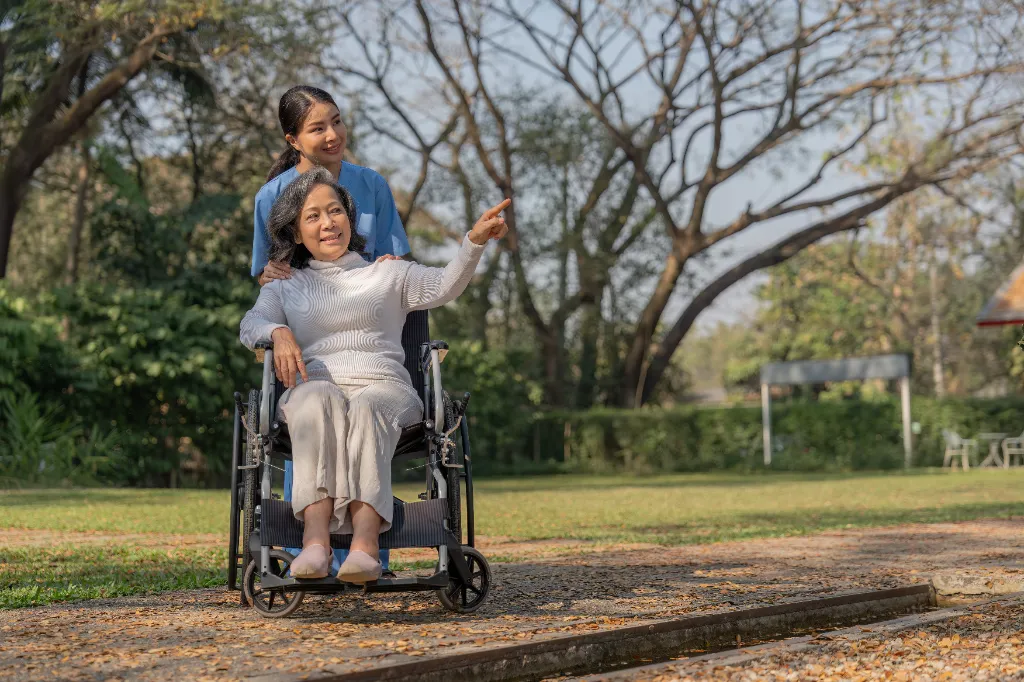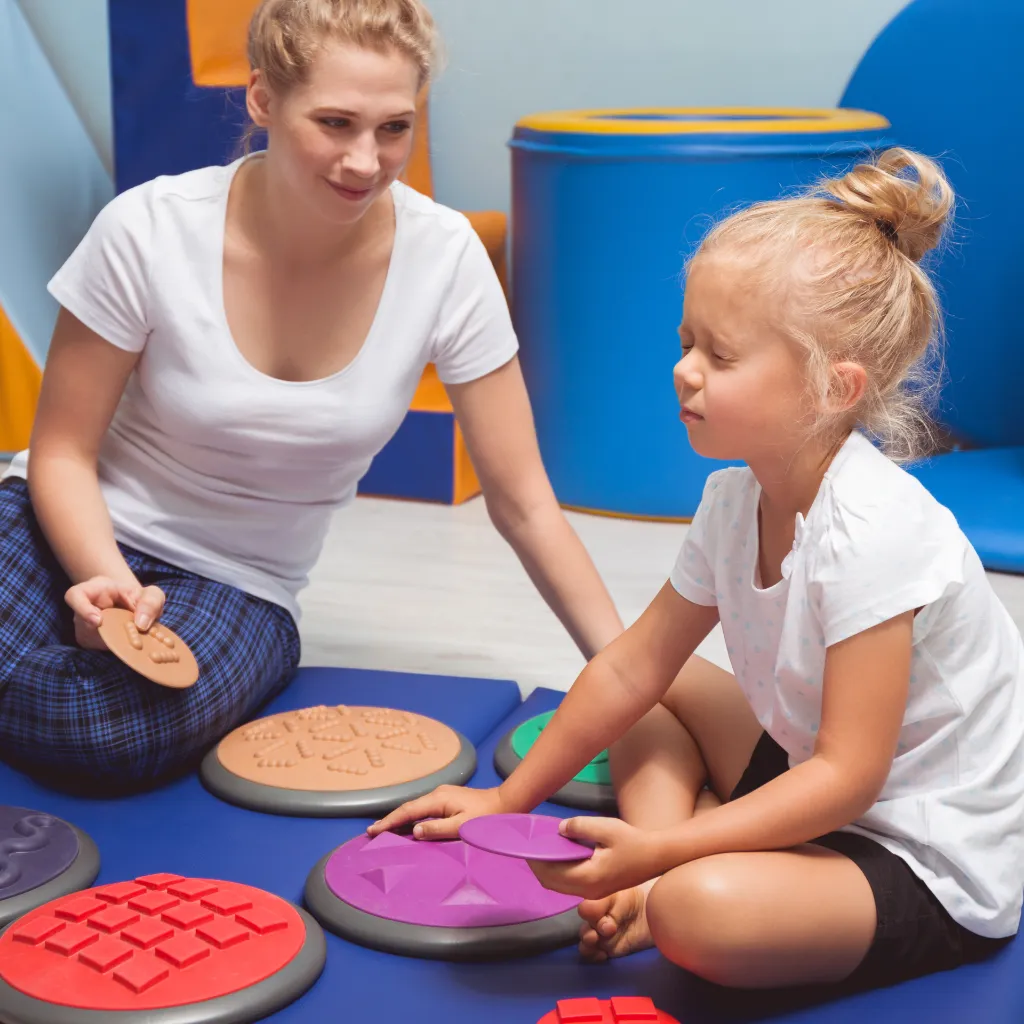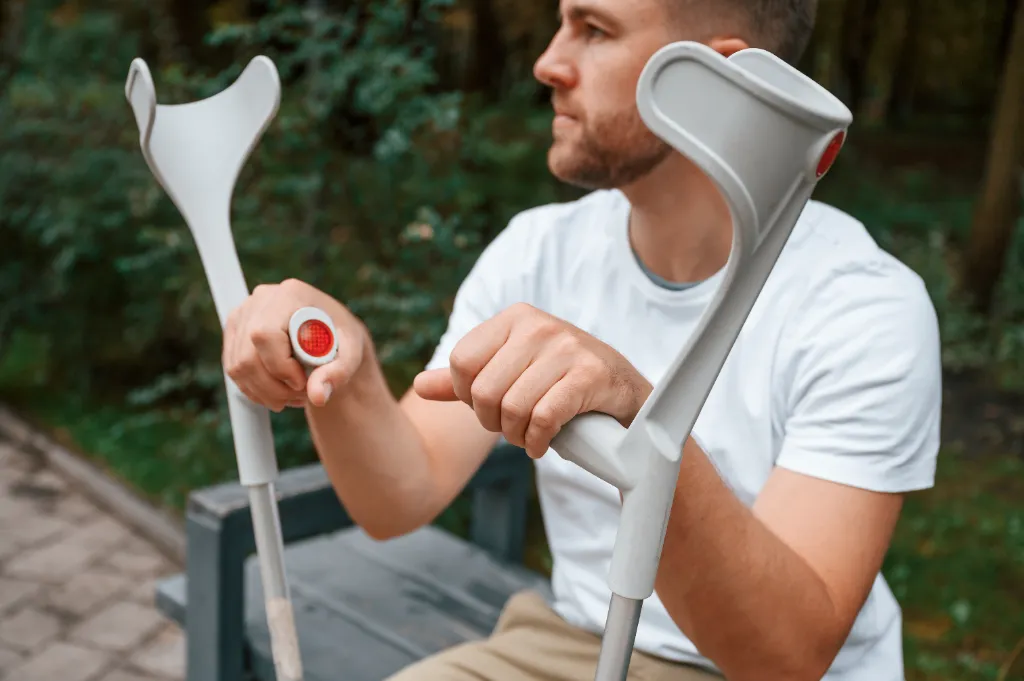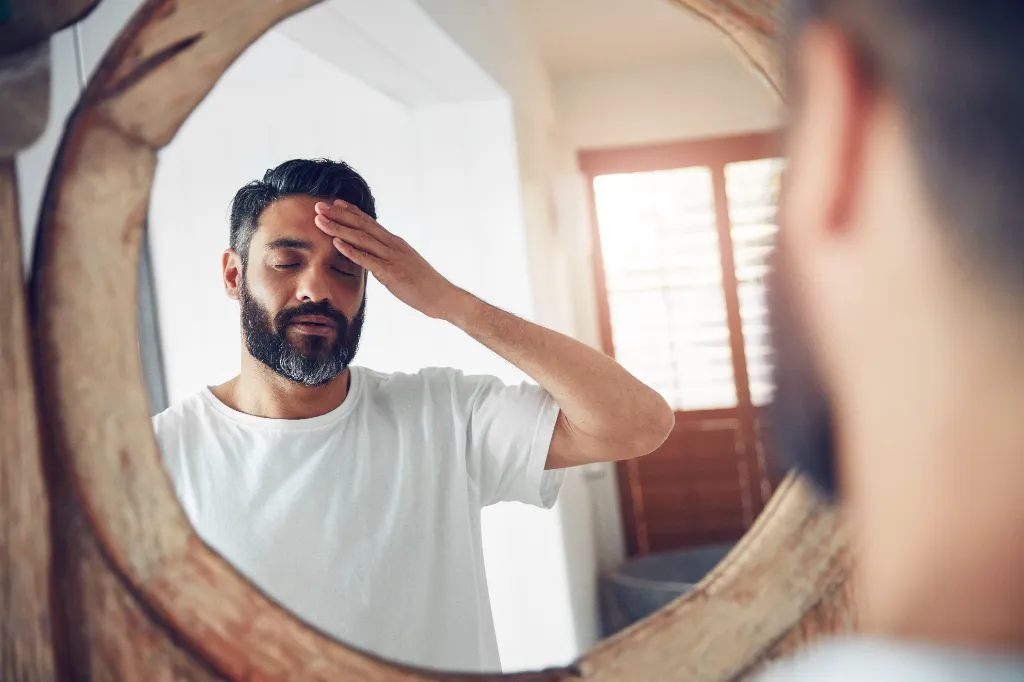Defining Physical Disabilities
Physical disabilities affect people’s ability to perform body movements, impacting mobility, stamina, agility and functioning. They can affect daily activities like walking, sitting, and moving and may cause fatigue and pain. In more severe stages, people may require constant support and help coping with the challenges of everyday life.
In many cases, society and a lack of inclusion cause more barriers to people with disabilities rather than their differences. For example, young people and children with physical disabilities may face challenges with accessing the environment around them and participating in school tasks and assessments due to a lack of accessibility. However, every individual can be affected by their unique challenges differently.
Common Types of Physical Disabilities
The most common physical disabilities include mobility impairments, neurological disabilities, and sensory impairments, which can affect individuals in multiple ways. The disabilities can also vary in severity and impact people’s daily lives differently. Accommodating people’s diverse and unique needs is essential in ensuring equal access and opportunities in all aspects of life.
Mobility Impairments

Mobility impairments can affect people’s ability to move and perform all daily activities. They can occur due to multiple causes, such as injuries, musculoskeletal conditions, neurological disabilities, congenital disabilities, and more. A mobility impairment can affect physical functioning and movements like standing, walking, or balancing. Having access to assistive technology, mobility aids, and physical therapy can help individuals overcome challenges and maintain their dignity and independence.
Cerebral Palsy
Cerebral palsy is a non-progressive disorder that affects the brain and causes difficulties with motor function, coordination, and movement. Based on severity and affected areas, cerebral palsy can be classified into several types.
Some of the most common types include spastic cerebral palsy, dyskinetic cerebral palsy and ataxic cerebral palsy. Through a holistic and person-centred approach, using therapy and appropriate support, individuals with cerebral palsy can lead fulfilling lives and achieve higher levels of independence. Early intervention is the key to maximising people’s potential.
Muscular Dystrophy
Muscular dystrophy (MD) is a group of genetic conditions characterised by progressive muscle weakness. There are several types of MD, each with its specific genetic mutation and pattern of muscle weakness. Muscular dystrophies are caused by gene mutations responsible for producing proteins essential for muscle structure and function. These mutations interfere with the production or stability of these proteins, leading to muscle weakness and loss of muscle mass.
Ongoing research into the underlying mechanisms of muscular dystrophy and the development of potential treatments, including gene therapies and novel drugs, offer hope for improved outcomes in the future. Early diagnosis and comprehensive management by a multidisciplinary team of healthcare professionals can help optimise care and support for individuals with muscular dystrophy.
Spinal Cord Injury
A spinal cord injury (SCI) occurs when damage to the spinal cord results in a loss of function, such as mobility or sensation. These injuries can vary widely in severity and location along the spinal cord, leading to different degrees of mobility challenges. Spinal cord injuries can occur from various causes, including traumatic events such as car accidents, falls, and sports injuries.
Non-traumatic causes may include spinal cord tumours, infections, or complications from medical procedures. While some people may experience partial recovery of function with intensive therapy and support, others may require lifelong assistance for daily activities. Ongoing research into spinal cord regeneration and neural repair holds promise for future treatments to improve outcomes for individuals with spinal cord injuries.
Neurological Disabilities
Neurological disabilities encompass many conditions that affect the nervous system, including brain injuries, spinal cord injuries, and nerve damage. These disabilities can result from various causes, including genetic factors, congenital conditions, injuries, or infections.
Management of neurological disabilities often involves a multidisciplinary approach, including medical treatment, rehabilitation therapies, supportive care, and interventions to improve quality of life and functional independence.
Multiple Sclerosis (MS)
Multiple Sclerosis (MS) is an autoimmune disease that affects the central nervous system. It causes inflammation or damage to the protective covering of nerve fibres and scar tissue formation. Symptoms may include fatigue, muscle weakness, coordination problems, sensory disturbances, and cognitive impairment. With proactive support and humanised care, people with MS can live a good quality of life.
Amyotrophic Lateral Sclerosis (ALS)
Amyotrophic lateral sclerosis (ALS) is a progressive neurological condition that affects nerve cells in the brain and spinal cord. ALS can be classified into different types based on the pattern of symptoms and progression. The most common form is sporadic ALS, which occurs without an apparent genetic predisposition and accounts for the majority of cases.
Diagnosing ALS is based on clinical evaluation, neurological examination, electromyography (EMG) to assess muscle electrical activity, and imaging tests such as MRI to rule out other conditions. There is no single definitive test for ALS, so diagnosis often involves ruling out other potential causes of symptoms. Proactive support and tailored care are immensely beneficial for people with ALS and can help them improve their quality of life.
Stroke
A stroke occurs when blood flow to part of the brain is disrupted, damaging brain cells. Depending on the location and extent of the brain injury, this can result in symptoms such as paralysis, weakness, speech difficulties, cognitive difficulties, or changes in behaviour. A multidisciplinary approach to support is necessary for individuals who have experienced a stroke and can help them with their physical, emotional, and cognitive well-being.
Sensory Impairments
A sensory impairment is a condition that affects one or more senses, such as sight, touch, hearing, taste, and smell. The impairments can vary and may be caused by several factors. Some may be congenital or acquired later due to an injury or health challenge, or they can be age-related.

Living independently with sensory conditions is still possible through the right support system, but it requires a personalised and humanised approach.
Visual Impairments
Visual impairment is a condition that decreases the ability to see and causes vision challenges. For example, blindness is a condition where a person is unable to see at all. Today, people who are blind or visually impaired can receive effective help from assistive technology, such as screen readers. We regularly see examples of visually impaired people who follow their dreams and maintain a good quality of life.
Hearing Impairments
Hearing impairments affect the ability to perceive sounds and may include:
- Deafness: representing complete loss of hearing.
- Hard of hearing: a partial loss of hearing, ranging from mild to profound.
- Tinnitus: buzzing or ringing sounds without external stimuli.
- Conductive hearing loss: caused by problems in the outer or middle ear, such as ear infections.
- Sensorineural hearing loss: caused by damage to the inner ear or auditory nerve, often due to ageing, noise exposure, or genetic factors.
Impact on Daily Life
Barriers to accessibility and participation in society contribute to inequality and social isolation. Many of the obstacles people with disabilities face are due to a lack of inclusion and not because of people’s differences. That said, physical disabilities can profoundly impact various aspects of daily life, including mobility, self-care, communication, and social interaction. Tasks such as bathing, dressing, grooming, and feeding may be more difficult for people with physical disabilities, requiring assistance or using adaptive equipment and techniques to maintain independence.
Living with a physical disability and experiencing a lack of inclusion can have emotional and psychological consequences, including stress, depression, anxiety, and low self-esteem. Coping strategies, community support, and mental health services may be needed to address these challenges and help people live a fulfilled life.
Coping Strategies and Support
Coping strategies and support systems are essential for individuals with physical disabilities to manage challenges, maintain well-being, and lead fulfilling lives. Encourage individuals with physical disabilities to advocate for their needs, rights, and preferences.
This includes communicating openly with healthcare providers, educators, employers, and others to ensure access to accommodations, services, and opportunities for full participation. Strong social networks of family and friends can provide practical assistance, emotional support, and encouragement. Building and maintaining positive relationships can enhance resilience and improve overall well-being. Counselling or therapy can help individuals with physical disabilities address emotional challenges, cope with stress, and develop effective coping strategies. Therapists with experience in disability issues can provide guidance and support tailored to individual needs.
Cultivating a positive outlook, focusing on strengths and abilities, and embracing a sense of resilience can help individuals overcome challenges and adapt to life with a physical disability. Encourage self-compassion, celebrate achievements, and practice gratitude.
Get Support with Unique Community Services
Unique Community Services delivers humanised support for people with physical disabilities and other complex care needs. Through our person-centred approach, we are dedicated to supporting people to live their best lives.
Our team consists of highly trained clinicians who provide care at home. They offer tailored support, including 24/7 assistance, to people aged 0-65+. Following a strengths-based approach and Positive Behaviour Support (PBS), they help people regain their independence and focus on their strengths to achieve a positive outcome. Our proactive team also personalises care plans and adapts them to unique needs and requirements.
Contact our officesin Manchester, Bristol and Leeds to learn more about how we can support you or a loved one.














